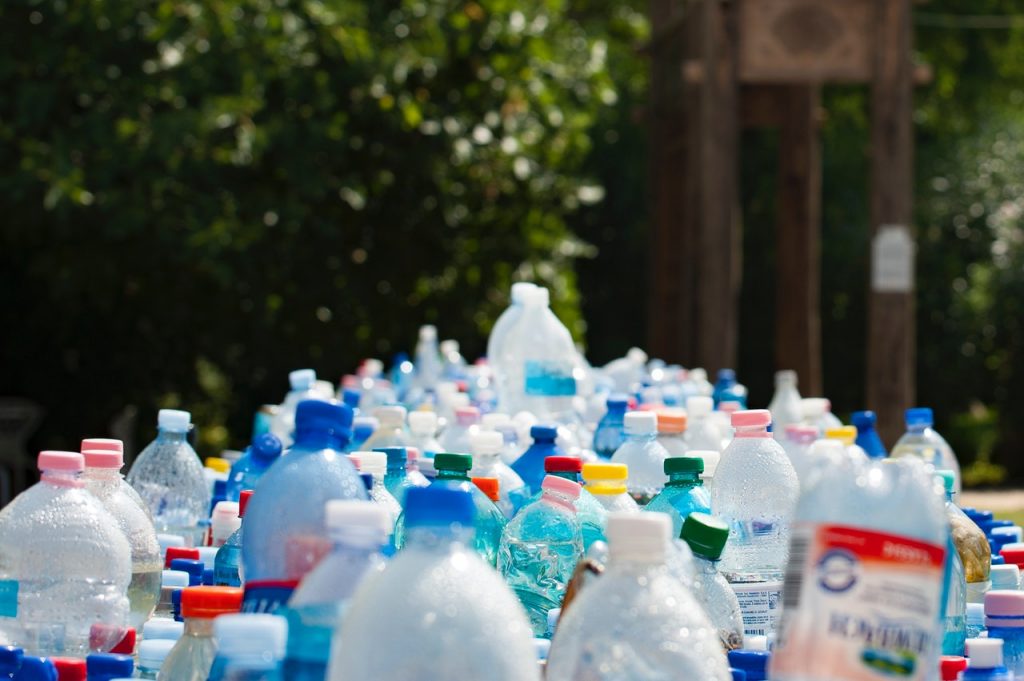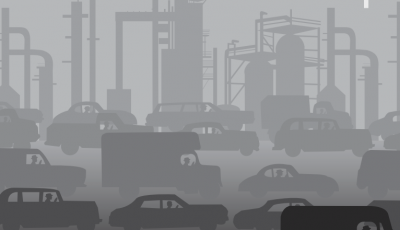The Importance of Improving our Recycling Centers
Guest Article by Evelyn Long
Our traditional recycling system derived from the environmental movement of the 1960s. Landfills began filling up after World War II, which concerned environmentalists. The idea of recycling was posed as a solution to reduce the amount of garbage piled up in disposal regions.
It turns out that garbage mounds are not the only form of waste we need to reduce when considering preserving the planet. Recycling is still an essential piece to the puzzle, but the current system has its own challenges with energy consumption and waste. By reevaluating this approach, we can create a sustainable life cycle for the materials we consume.
Problems in Recycling
Although people recycle with the best of intentions, there are flaws in the system that do more harm than good.
1. Automated Trucks
The trucks used to transport residential recycling to centers are inefficient. Streets may be littered the morning after items are collected, which is due to mismanagement of the vehicles.
Many recycling centers switched over to automated trucks to reduce injury and increase time efficiency. The problem is that no one is behind the vehicle to pick up materials that miss the container. They also do not account for wind or other weather-altering situations during rounds.
The increased littering caused by truck mismanagement poses a severe risk to biodiversity. They also burn large portions of fossil fuels, contributing to atmospheric air pollution. An increase in these emissions causes a rise in the global temperature.
2. Greenhouse Gas Emissions
Reprocessing is an effective method for reducing landfill waste, but facilities emit greenhouse gases while doing so. The recycling of paper waste releases more air pollution than it takes to make initially. Greenhouse gas emissions would increase by 10% if we recycled all the paper globally produced.
The atmospheric pollution produced by recycling centers poses severe problems for the health of the planet. Even when centers find a way to reduce their emissions, they still need to find a way to dispose of all materials properly.
3. Sorting Systems
Facilities have yet to maximize the accessibility to plastic recycling. They can only recycle a small portion of the plastic they receive due to varying material chemical compositions. Centers only regularly process polyethylene terephthalates and high-density polyethylenes.
The rest of the plastic they receive ends up in landfills or the ocean. Most water bottles, jugs, synthetic fibers and water pipes can be recycled, but centers dispose of all other plastic goods.
4. Education
The improper residential management of recyclables is typically due to a lack of awareness. It can be challenging to unveil which materials a center recycles and how they should be prepared.
When centers do not make this information readily available to their customers, many materials end up in landfills. Improperly sorted items may have to throw them away. Many consumers are unaware of the recycling regulations in their county.
Before placing a container in a blue bin, it must be washed and dried and external labeling should be removed. Also, not every center accepts all items with the triangular recyclable symbol. This lack of education by facilities continues to misguide consumers.
Solutions for Better Recycling Centers
People can overcome these recycling obstacles by taking the following steps to improve the process.
1. Community Information Support
Fortunately, recycling centers can enhance their customers’ accessibility to sorting information. By distributing information around town via pamphlets, social media campaigns and TV commercials, companies can create collective awareness.
They can also take this information into the classroom and teach children about proper reprocessing habits. This can be a required course in the education system to ensure youth can bring these practices home.
2. Install More Centers
Creating separate processing facilities for residential and commercial recyclables can increase the efficiency of their systems. Metal reprocessing buildings can manage industrial materials, ash and other commercial materials. Ensuring these buildings have adequately functioning machinery can ensure maximum efficiency.
3. Renewable Energy Sourcing
Sourcing renewable power to fuel recycling centers can reduce emissions by 96% annually. Utilizing this form of energy could create a sustainable way to repurpose goods. Reducing the carbon footprint of centers could also increase residents’ willingness to recycle.
Many folks have a hard time seeing the benefit of recycling when it further pollutes the atmosphere. Fueling these systems with renewable power would increase customer engagement with recycling.
Societal Solutions to Our Recycling Setbacks
There are various actions recycling facilities can take to improve their sustainability. Society may also intervene to help find solutions.
In the U.S., the Department of Energy is working to distribute a new kind of plastic made up of a 100% recyclable material called polydiketoenamine. Specific systems can break it down on a molecular level to maximize its repurposing abilities.
People can also support more efficient recycling laws. The American Plastic Waste Reduction and Recycling Act surfaced in 2020 to make proper waste management more accessible. It also worked to support less harmful processing of plastics.
When recycling centers and customers work together to practice effective management, sustainable recycling is possible. It is important to remember that recycling is the last “R” in the environmental campaign phrase. People should recycle as a last resort and attempt to reduce consumption and reuse materials first.
Author:
Evelyn Long is a writer and editor focused on construction and sustainability. Her work can be found on Renovated, a web resource for better building and design.








